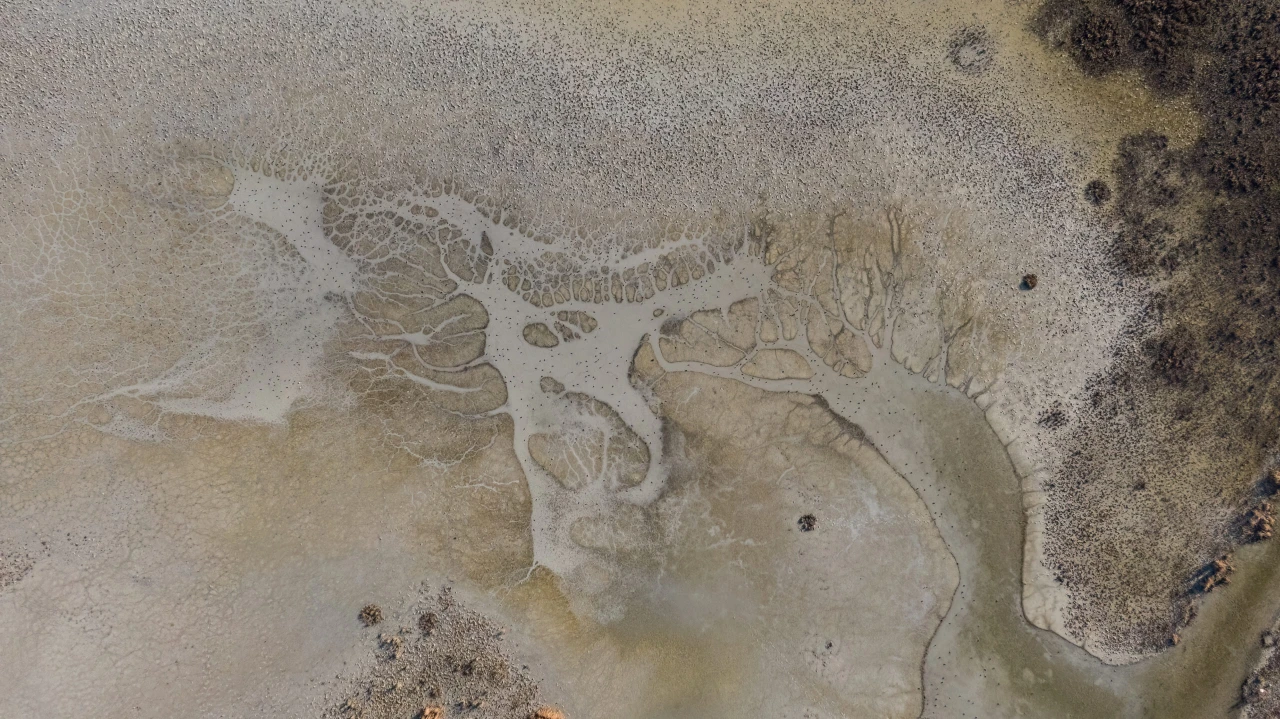Istanbul through Orhan Pamuk’s novels
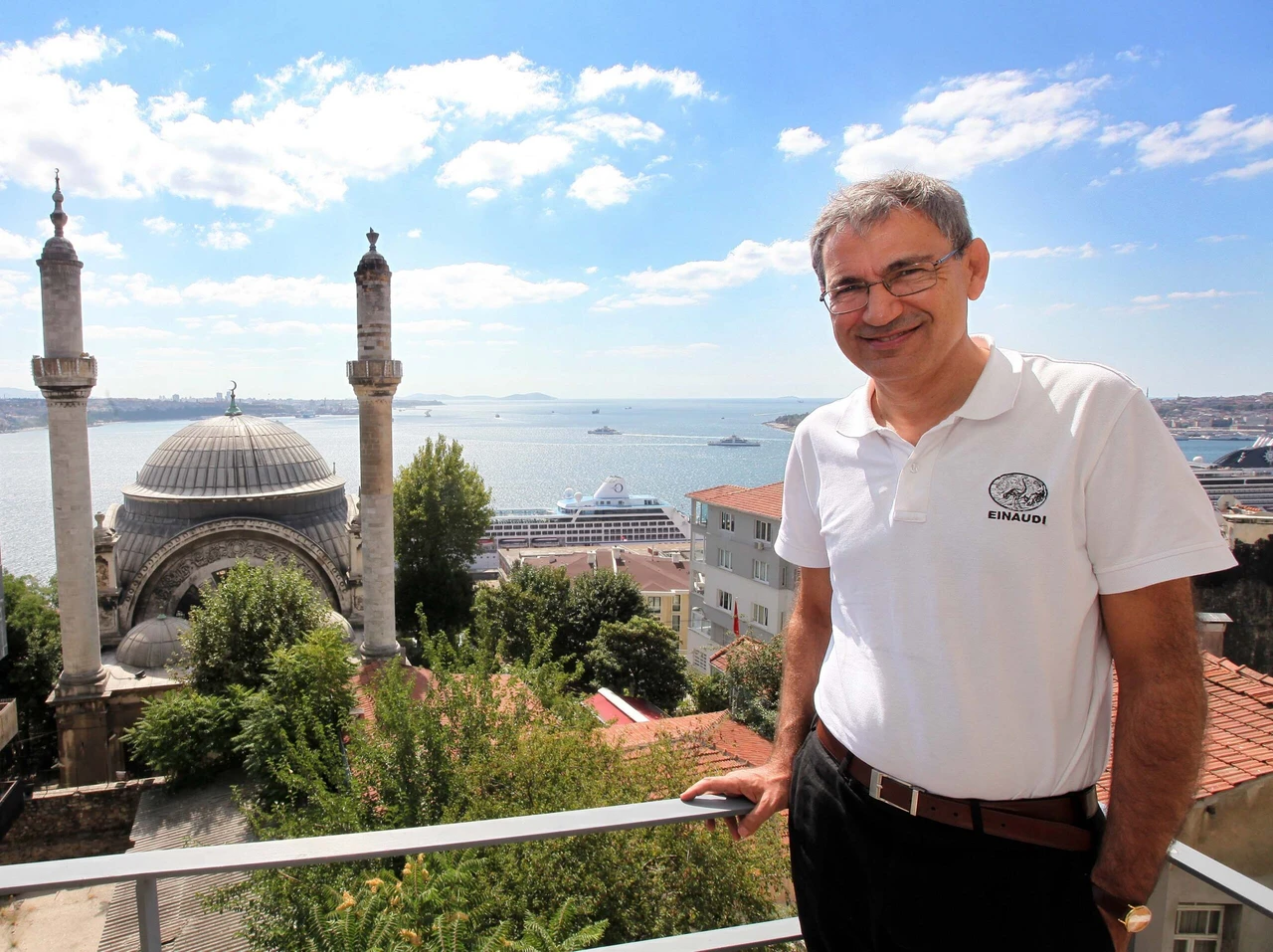 Orhan Pamuk captured against the stunning backdrop of Istanbul, featuring the historic Ortaköy Mosque and the Bosphorus Strait on a bright, clear day.(AA photo)
Orhan Pamuk captured against the stunning backdrop of Istanbul, featuring the historic Ortaköy Mosque and the Bosphorus Strait on a bright, clear day.(AA photo)
Istanbul is not just a city; it is a tale written in stone, water, and time. It’s a place where the past lingers in narrow alleys and where the whispers of sultans, poets, and dreamers echo along the Bosphorus. Few have captured its essence as beautifully as Orhan Pamuk.
Through his novels and memoirs, Pamuk paints a vivid portrait of a city caught between East and West, tradition and modernity, nostalgia and reinvention. He doesn’t simply describe Istanbul; he invites us to feel its soul, understand its essence and experience its melancholy.
Istanbul as a living, breathing entity: Pamuk’s deep connection
Pamuk does not just set his stories in Istanbul; he transforms the city into a living, breathing character that shapes the lives of its people. In “Istanbul: Memories and the City,” he writes: “To be caught up in the melancholy of ruins is to live with the city’s past, to feel its weight and presence at every turn.”
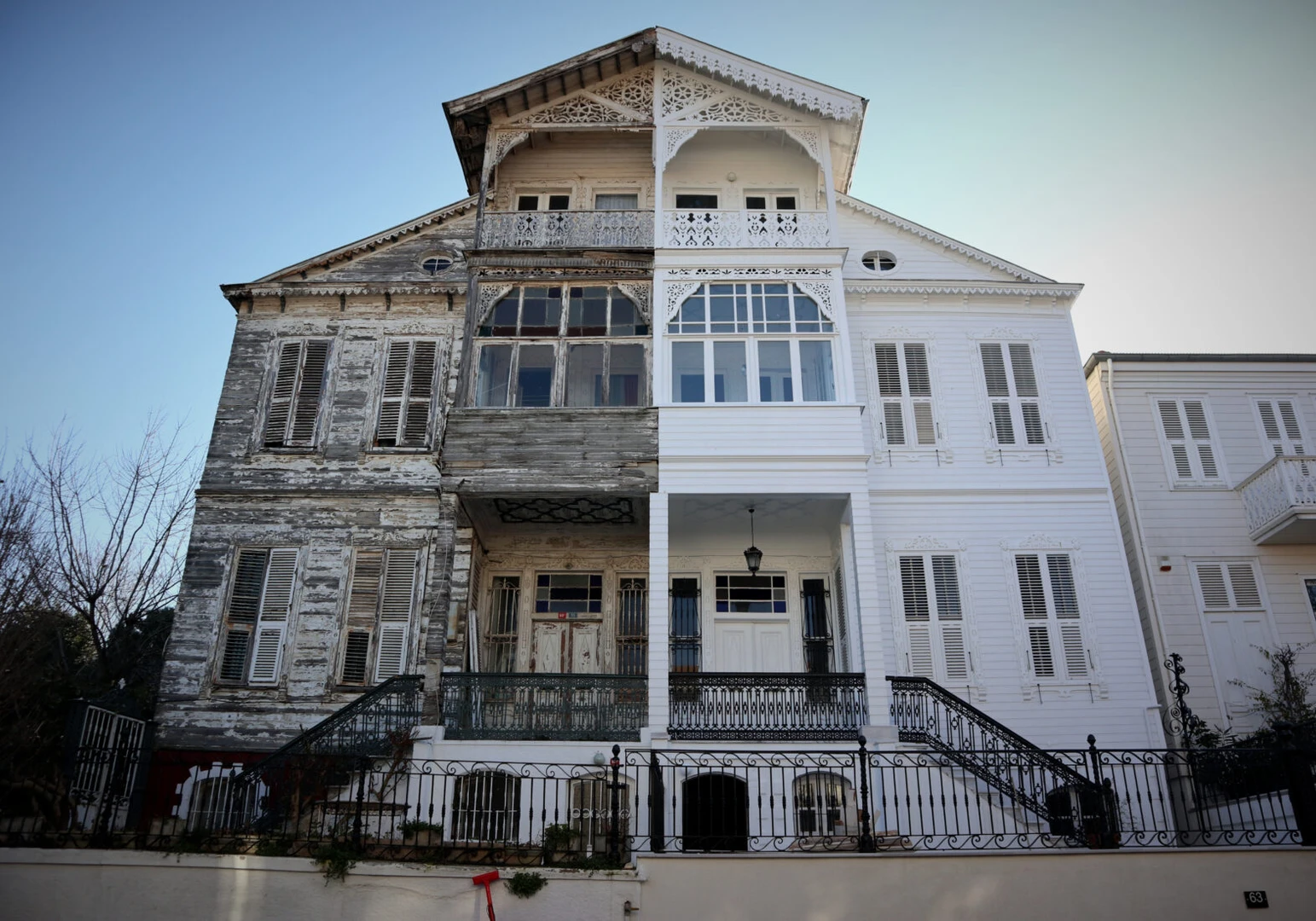
This deeply personal memoir connects Pamuk’s childhood experiences to Istanbul’s broader transformation. He depicts the city as one haunted by its past, where Ottoman grandeur has given way to sorrowful decay, reflected in the lives of its residents. The winding streets, the fog rolling off the Bosphorus and the wooden mansions with peeling paint form a rich tapestry of a city where the ghosts of the past never truly fade.
East meets West: Istanbul’s dualism in Pamuk’s Works
A central theme in Pamuk’s works is Istanbul’s perpetual struggle between East and West. This duality runs through many of his novels, mirroring the dilemmas faced by the city’s residents.
In “The Black Book”, a complex detective story filled with history and philosophy, Pamuk describes Istanbul’s streets as places where history constantly layers itself upon the present: “Of the silent, those who do not know how to speak, those who cannot make themselves heard, the insignificant, the mute …”
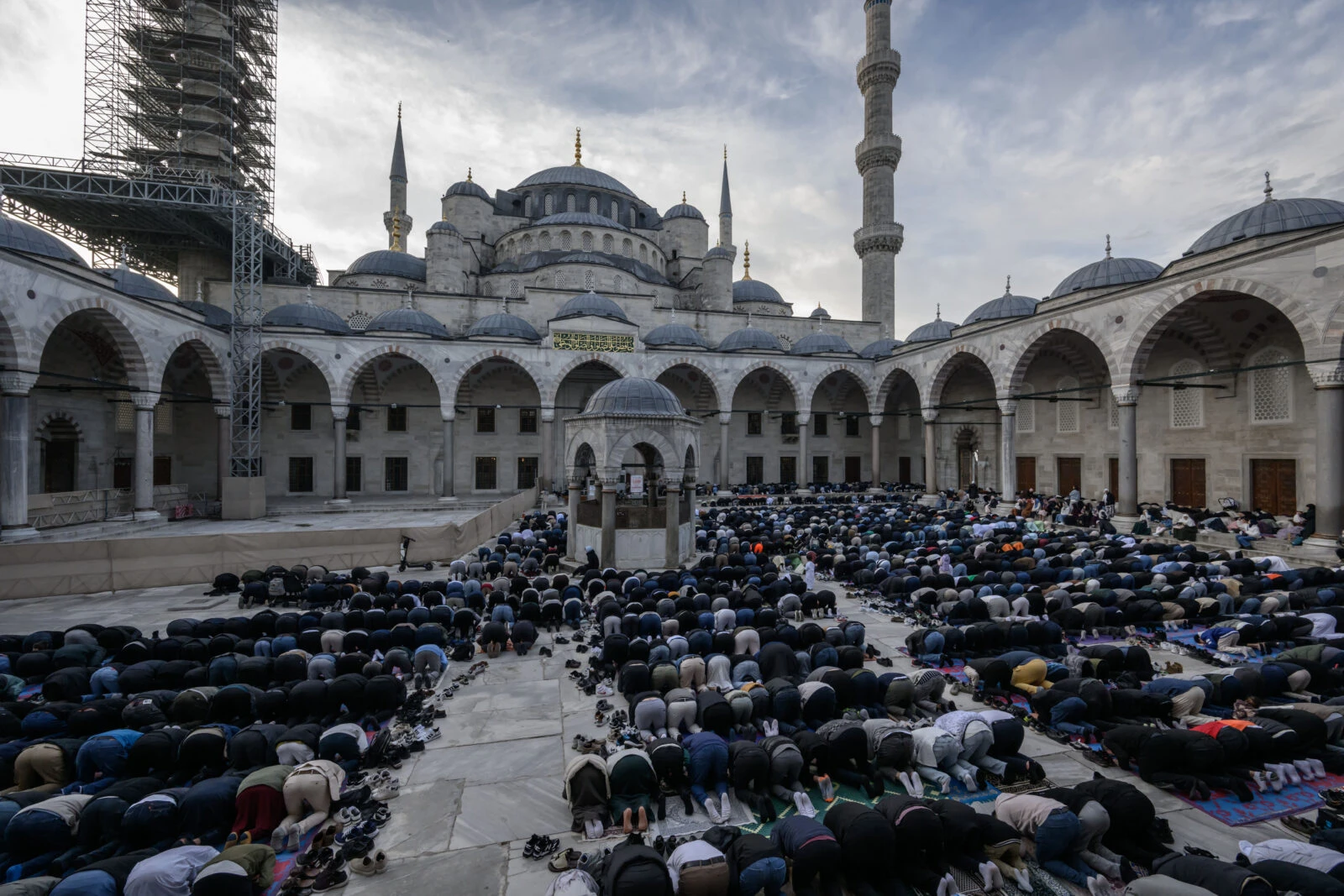
This dual identity is not only aesthetic but deeply psychological, affecting the very nature of Istanbulites. Pamuk himself embodies this paradox. Raised in a secular, Westernized environment, he remains deeply connected to the mystical and historical traditions of his homeland.
In “Museum of Innocence”, which became a bestseller, Pamuk weaves a tale of obsessive love between Kemal and Fusun while also documenting Istanbul’s transformation throughout the 20th century. He carefully chronicles how the city’s landscape changes, from the replacement of old mansions by modern apartments to the influence of globalization on local life.
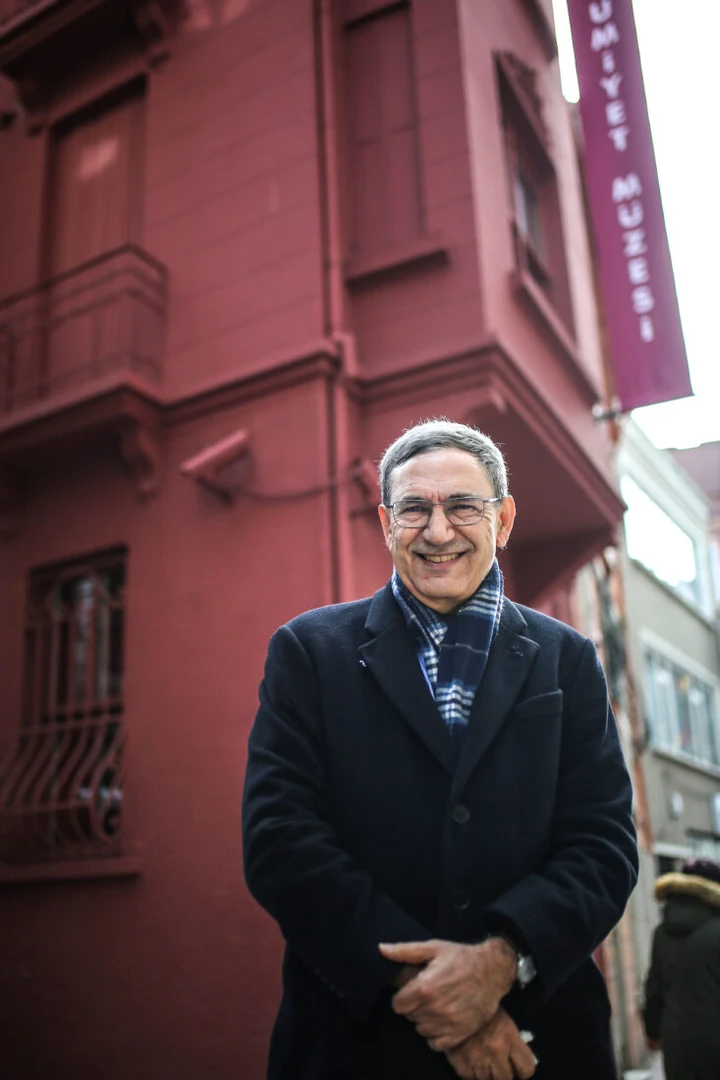
Political tensions and transformation: Istanbul’s shifting ıdentity
Pamuk’s “Snow”, often regarded as his “first and last” political novel, explores the tensions between modernity and tradition. It delves into the political and cultural divides within Turkish society, adding another layer to his portrayal of Istanbul’s evolving identity despite taking place in eastern Anatolia’s Kars.
In “My Name is Red”, the city is both beautiful and mysterious, as Ottoman miniaturists struggle with the growing influence of European art. The fight to preserve tradition while embracing innovation is not just reflected in the arts but also in the city’s architecture and social fabric.
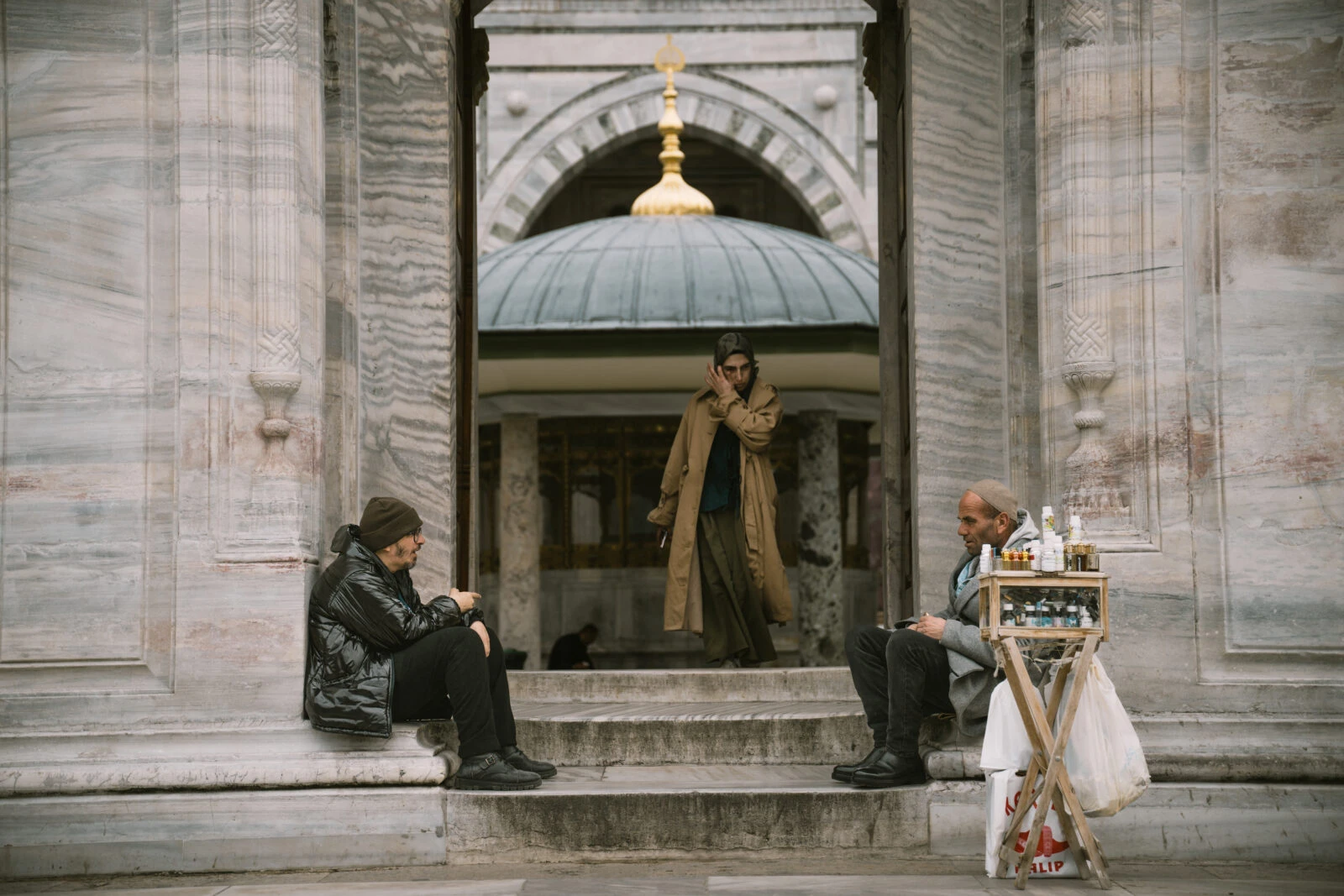
Rhythms of Istanbul: streets, sounds, and scents that define the city
Beyond grand historical narratives, Pamuk’s works are rich with the everyday sights, sounds, and smells that define Istanbul. The street vendors shouting as they sell simit, the distant sound of ferry horns, and the call to prayer echoing through the hills—these are the details that bring his Istanbul to life.
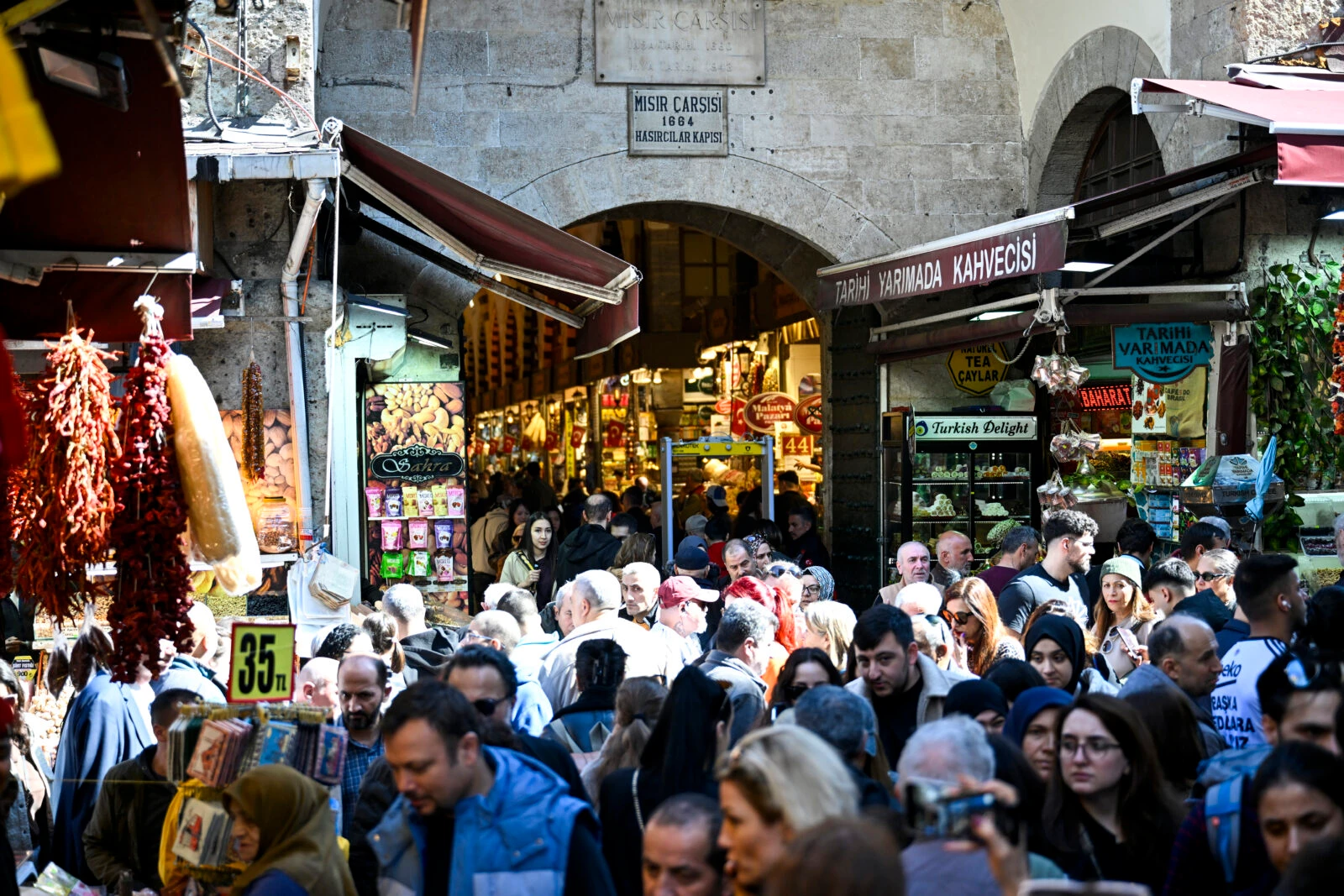
In “A Strangeness in My Mind”, Pamuk tells the story of Mevlut, a street vendor selling boza (a traditional fermented drink). Through Mevlut’s eyes, we see an Istanbul that is rapidly changing yet still firmly rooted in its past. The novel captures the spirit of the working class in Istanbul and their resilience in the face of modernization.
“As I walked through the city, calling out ‘Boza! Boza!’ I felt as if I were walking through time itself. The streets changed, the people changed, but the city’s soul remained.”
Pamuk’s intimate portrayal of street life is one of the reasons his novels resonate so deeply. He draws readers into the everyday rhythms of the city, making them feel its pulse and its soul.



